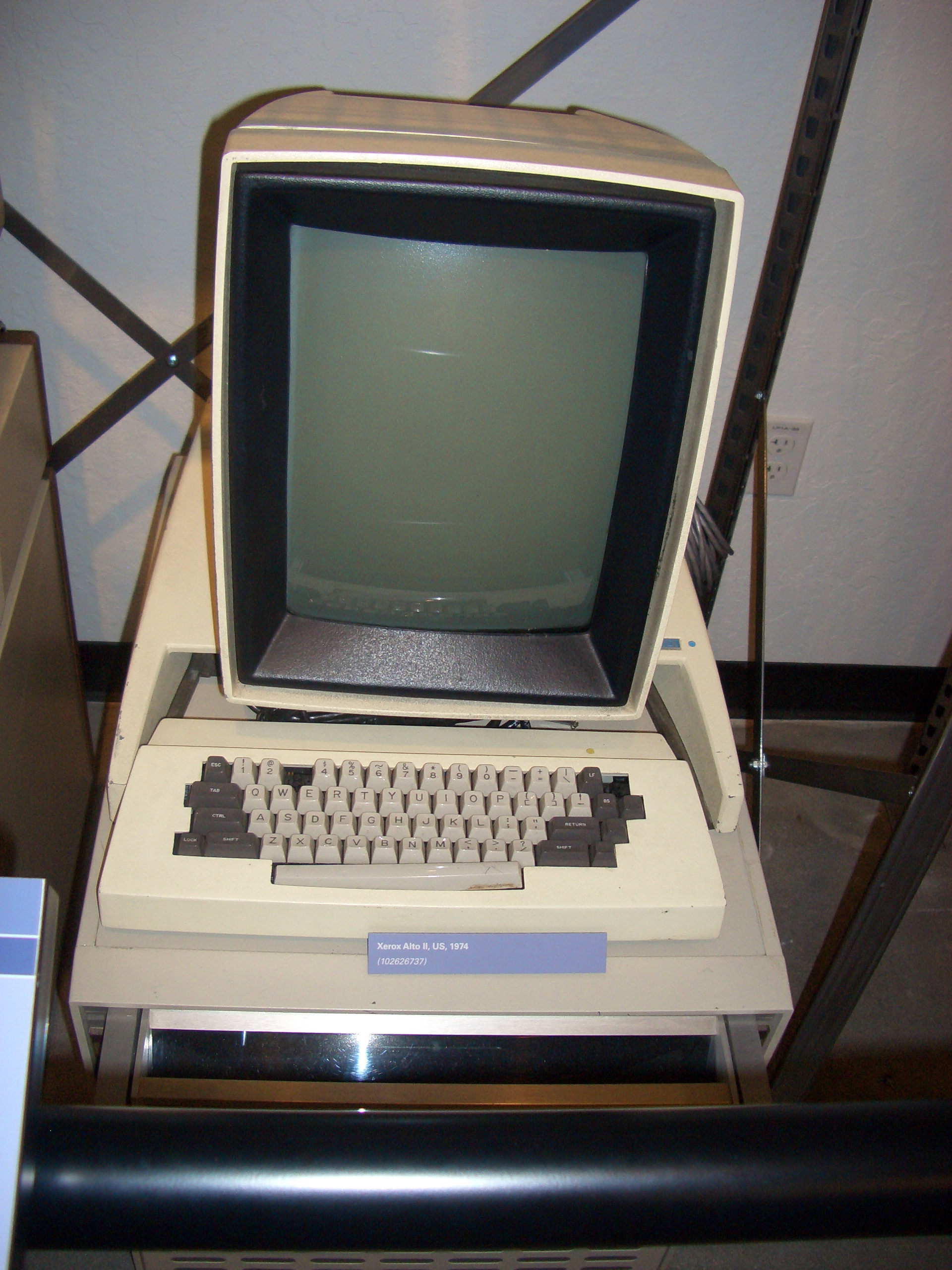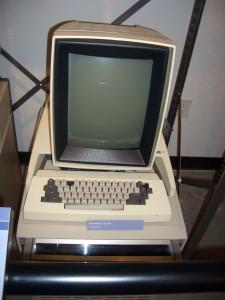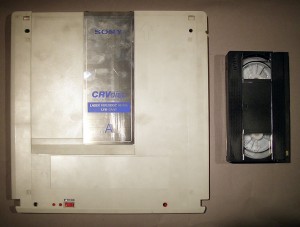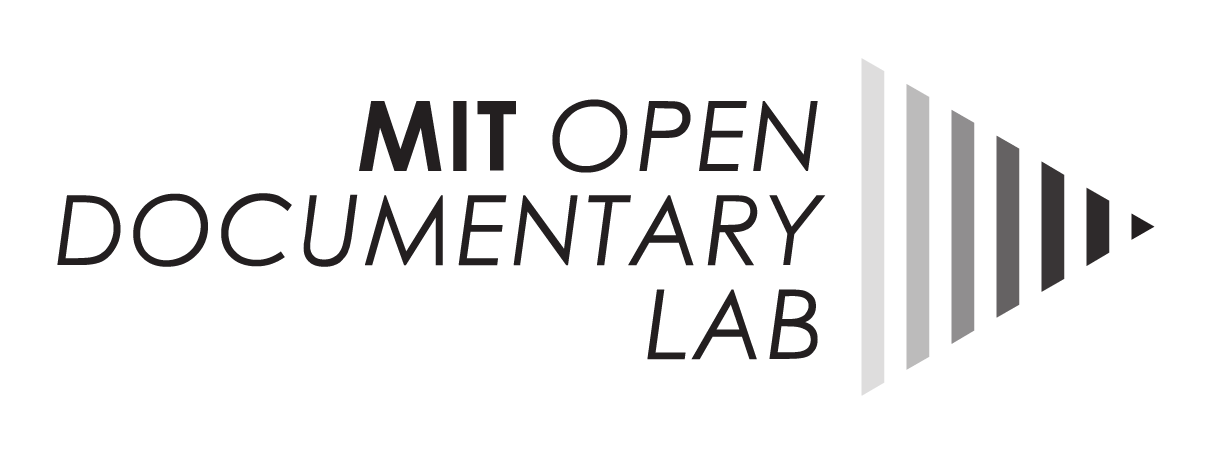
31 Oct Moments of convergence and innovation between documentary film and interactive media, Part 6
Moments of convergence and innovation between documentary film and interactive media: Decade 1970-1980
by Arnau Gifreu Castells.
To formulate a relevant concept for the interactive documentary field we need to explore some aspects of the two key areas: the documentary genre and the interactive medium. This new series presents a combined, parallel, and comparative historical chronology of these areas up to the present moment of confluence. The two stories we are following here begin, to a certain extent, in the seventeenth century. It should be noted, however, that a number of theorists, scientists, inventors, and entrepreneurs had already developed a handful of theories and experiments that led up to what happened a few centuries later. We will focus our analysis on the seventeenth to the nineteenth century and place special emphasis on the twentieth and early twenty-first century. In this post we will discuss some points of convergence and innovation which occurred in the twentieth century.

Figure 1. GUI Graphic User Interface. Xerox Park
Source: Wikipedia:
http://upload.wikimedia.org/wikipedia/commons/8/8b/Xerox_Alto.jpg
The 70s to 80s did not represent a major milestone in relation to the documentary genre. It was a period during which there were few movies that were really important and recognized. It should be noted that television had become the great ruler of the audiovisual landscape, and TV series were experiencing significant growth in relation to production and exhibition. In addition, video technology had made great progress and the issue of film images and reproduction was becoming a process that was affordable for an amateur market with little financial capacity. In a way, a democratization of visual technologies began to occur after the sixties which led to better implementation of the recording equipment (sync, lightness, portability, etc.). However, for the digital field this was a key decade that began with the creation of the first graphical user interface (GUI Graphic User Interface), an indispensable device today for any interactive application, and especially in the case of the interactive documentary.

Figure 2. Intel 4004
Source: Wikipedia:
http://upload.wikimedia.org/wikipedia/commons/5/52/Intel_4004.jpg
Fiber optic cable was also invented in the 70s, which allows greater conductivity and thus makes possible the bandwidth required for a fast online transmission of up to 100 Mbps in countries like Japan today. From that time, many important events began to happen. Possibly the most important are: the first microprocessor, the Intel 4004, was made and a protocol for the transfer of files in the Internet “FTP” (Files Transfer Protocol, 1972 ) was created; the first public demonstration of videodisc (1973); Bill Gates and Paul Allen founded Microsoft and marketed the Altair 8800, considered the first personal computer in history (1975); Steve Jobs and Steve Wozniac founded Apple Computer, Inc.; the first VHS VCR was marketed (1976); and the name of the videodisc Discovision was raised (1978).

Figure 3. Videodisc
Source: Wikipedia:
http://upload.wikimedia.org/wikipedia/commons/5/53/CRVDisc.jpg
Arnau Gifreu Castells (PhD)
Research Affiliate, MIT Open Documentary Lab
agifreu@mit.edu
References
Gifreu, A. (2012), The interactive documentary as a new audiovisual genre. Study of the emergence of the new genre, approach to its definition and taxonomy proposal and a model of analysis for the purposes of evaluation, design and production. [Doctoral Thesis]. Barcelona: Universitat Pompeu Fabra. Communication Department.
Gifreu, A. (2013), Pioneros de la tecnología digital. Ideas visionarias del mundo tecnológico actual. Barcelona: Tic Cero. Editorial UOC.
Jones, S. (2003), Encyclopedia Of New Media: An Essential Reference to Communication and Technology, New York: The Moschovitis Group.
Lee, J.A.N. (1995), Computer Pioneers. Los Alamitos, California: IEEE Computer Science Press.
Norman, J. M. (2005), From Gutenberg to the Internet: a Sourcebook on the History of Information Technology.Vol. 2, Novato California: History of Science.
Further readings
Research Forum | Arnau Gifreu Castells on Documentaries and Digital Media, Part 1
Research Forum | Arnau Gifreu Castells on Documentaries and Digital Media, Part 2
Research Forum | Arnau Gifreu Castells on Documentaries and Digital Media, Part 3
Research Forum | Arnau Gifreu Castells on Documentaries and Digital Media, Part 4
Research Forum | Arnau Gifreu Castells on Documentaries and Digital Media, Part 5
Interactivity technologies, key factor for the interactive documentary (i-docs)
The evolution of the Internet, key factor for the interactive documentary (i-docs)
The evolution of the Internet, key factor for the interactive documentary (II) (i-docs)
The interactive documentary during the evolution of the Internet: giving examples of the different phases. Assumptions about the technological future. (i-docs)



